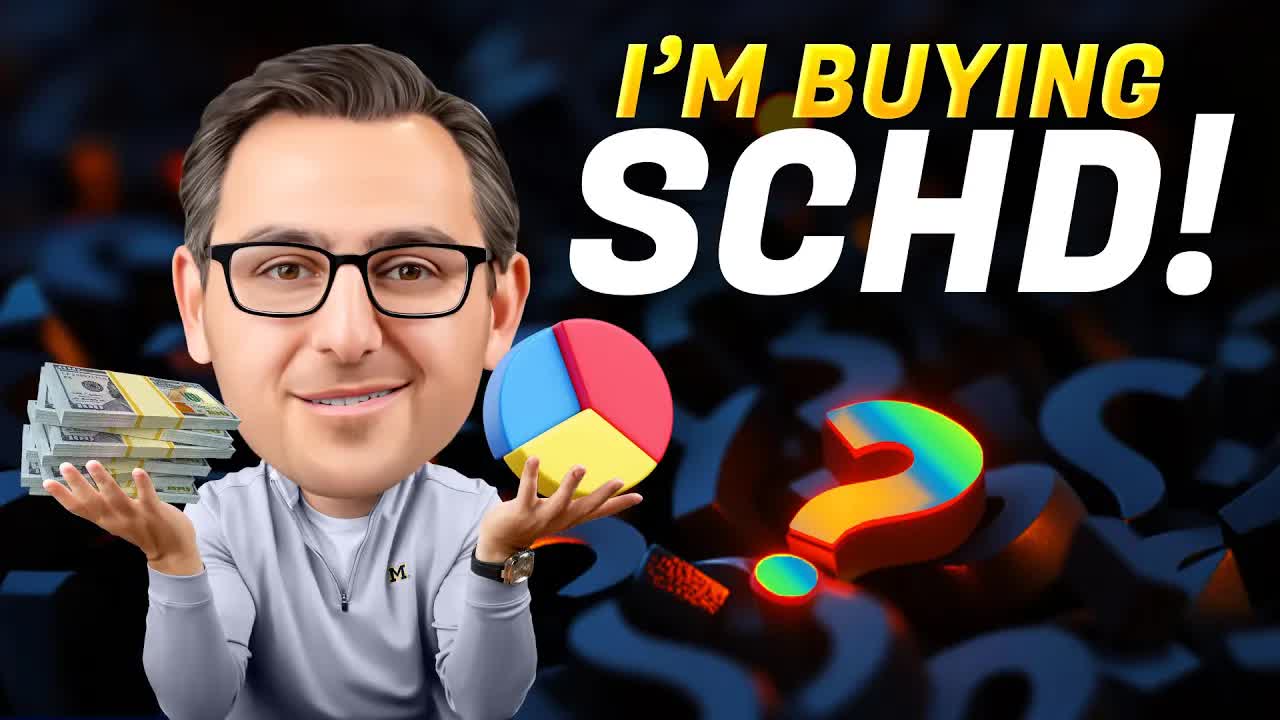SMH versus SOXX: Which semiconductor ETF is the best bet?
This is a critical question for investors to probe right now. We stand on the precipice of a world economy set for complete transformation by the emergence of artificial intelligence as a central technology horizon.
Billions of dollars are being raised every quarter by new promising startups driving next-gen innovations to make AI increasingly capable of astonishing productivity-enhancing tasks. Recent examples include Lamini, Hona, xAI, and Opmed.AI. There will be many more breakthroughs and ambitious and connected entrepreneurs constantly shaking up this space over the next 3-5 years.
But the foundation underneath it all is "compute".
The term compute in its noun form is often used in the context of computing technology and refers to the resources and processes involved in computation. This linguistic evolution reflects broader trends in technology where abstract, scalable, and flexible resources are integral to digital infrastructure. The term helps encapsulate the concept of computational capacity in a way that is versatile and applicable to various technologies and architectures.
In other words, any entity (a business, a person, a government) has access to some theoretical maximum of computational power at any time. In the age of AI, this resource is going to set the terms the way access to oil has set the terms over the past century.
However, the expansion and improvement of 'compute' capabilities are dependent on the continuous development and expanding supply of next-generation semiconductors. This dependency highlights the importance of semiconductor industry trends for the broader technology sector and industries reliant on high-performance computing.
The Investing Horizon
I see this process evolving in multiple stages where investment strategy is concerned.
The first stage (where we are now) is all about chips. The market will have its ups and downs. But exposure to top chip stocks will be essential. Eventually, the AI chip supply chain will be a commodity market. But that's probably many years away.
The second stage will likely be about refinement and computational power through new innovations in compute efficiency (ie, quantum computation). No doubt, the top minds working on this problem will be non-human at this point, sharply accelerating the curve.
From there, we can only imagine what lies around the corner. Is AGI possible? Will embodiment matter for cognitive modalities through sensory bombardment? Is there a meaningful role for robotics to bridge that gap? Will applications include materials (ie, smart paint, smart composite fiber, smart plastics, etc). The sky is the limit at that point.
Ever since the emergence of ChatGPT as a mainstream phenomenon 2 years ago, any attempt to imagine life a decade from now seems absurd to all of us without some significant appreciation for how AI will have reshaped the landscape for human experience on planet Earth.
For today's investors, the key is exposure to that first stage concept—next-gen chip stocks. Which brings us back to our original question: SMH versus SOXX?
Research
The first step in answering this question is Research! We need the whole picture about Chip stock ETFs.
I could do this the old way (Estimated time: 20 minutes):
1. Search for best semiconductor ETFs?
2. Go to a website for general ETF info
3. Fight past at least three pop-up ads
4. Sift through multiple pages that aren't quite what you are looking for
5. Narrow down your list to the top two chip stock ETFs
6. Go to the prospectus page for the first one
7. Go to the prospectus page for the second one
8. Figure out which variables are most important (top holdings, expense ratios, etc)
9. Make a comparison spreadsheet in Excel and conduct your own analysis
But this is 2024. And there's a better way to get even better information: ask your personal investment research assistant to do it and have all relevant information in front of you in 20 seconds or less!
Hopefully you realize you have a personal investment research assistant at your beck and call 24/7. Her name is Aime. She works at light speed.
The new way. (Estimated time: 20 seconds):
1. Find the box that says, Ask Aime anything...
2. Ask Aime: Summarize, compare, and contrast the two most widely traded semiconductor ETFs, including info about the top five holdings for each ETF
3. Take a sip of coffee.
That's it. Here's the result:
The VanEck Semiconductor ETF ($SMH(SMH)) and the iShares Semiconductor ETF ($SOXX(SOXX)) are the two most widely traded semiconductor ETFs, offering investors exposure to the semiconductor industry with varying characteristics and top holdings:
VanEck Semiconductor ETF (SMH):
Top Holdings:
Nvidia Corp ($NVDA(NVDA)) - 20.80%
Taiwan Semiconductor Manufacturing Co ($TSM(TSM)) - 12.86%
Broadcom Inc ($AVGO(AVGO)) - 7.94%
Qualcomm, Inc. ($QCOM(QCOM)) - 5.07%
Texas Instruments Inc. ($TXN(TXN)) - 4.99%
Expense Ratio: 0.35%
Market Capitalization: Approximately $18 billion.
Investment Strategy: SMH seeks to replicate the price and yield performance of the MVIS US Listed Semiconductor 25 Index, which includes companies involved in semiconductor production and equipment.
iShares Semiconductor ETF (SOXX):
Top Holdings:
Nvidia Corp ($NVDA(NVDA)) - 8.87%
Broadcom Inc ($AVGO(AVGO)) - 8.12%
Advanced Micro Devices, Inc. ($AMD(AMD)) - 6.68%
Qualcomm ($QCOM(QCOM)) - 6.03%
Texas Instruments ($TXN(TXN)) - 5.74%
Expense Ratio: 0.57%
Market Capitalization: Approximately $3.5 billion.
Investment Strategy: SOXX tracks the ICE Semiconductor Index, which is intended to reflect the performance of the semiconductor industry.
Both ETFs have similar top holdings, with Nvidia Corp being the largest holding in both.
SMH has a higher concentration of its top holdings, with Nvidia Corp alone accounting for over 20% of the ETF's assets, while SOXX's largest holding is at 8.87%.
SMH has a lower expense ratio, which is a positive for cost-conscious investors.
SOXX has a slightly higher expense ratio but may offer a more diversified exposure due to its smaller market capitalization.
The VanEck Semiconductor ETF (SMH) is larger in terms of market capitalization and has a higher concentration of its top holdings, which may suggest it is a more established and potentially more stable investment.
The iShares Semiconductor ETF (SOXX) has a slightly smaller market capitalization, a higher expense ratio, and a more diversified top holdings, which could indicate it is more nimble and responsive to market changes.
Comparison:
Contrast:
Investors should consider their investment goals, risk tolerance, and the specific characteristics of each ETF when choosing between these options. Both ETFs offer exposure to the semiconductor industry, but with different expense ratios, market capitalizations, and concentration of holdings, which could lead to different risk and return profiles.










✅